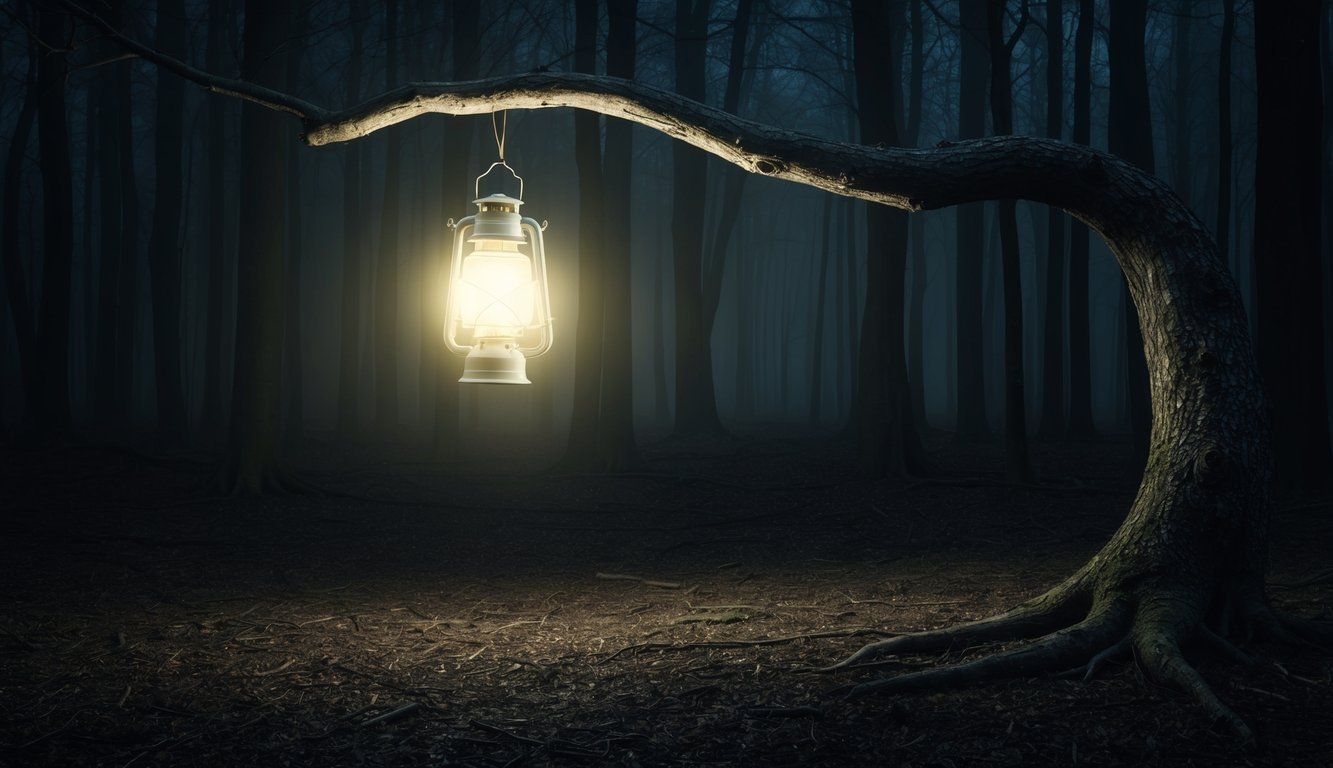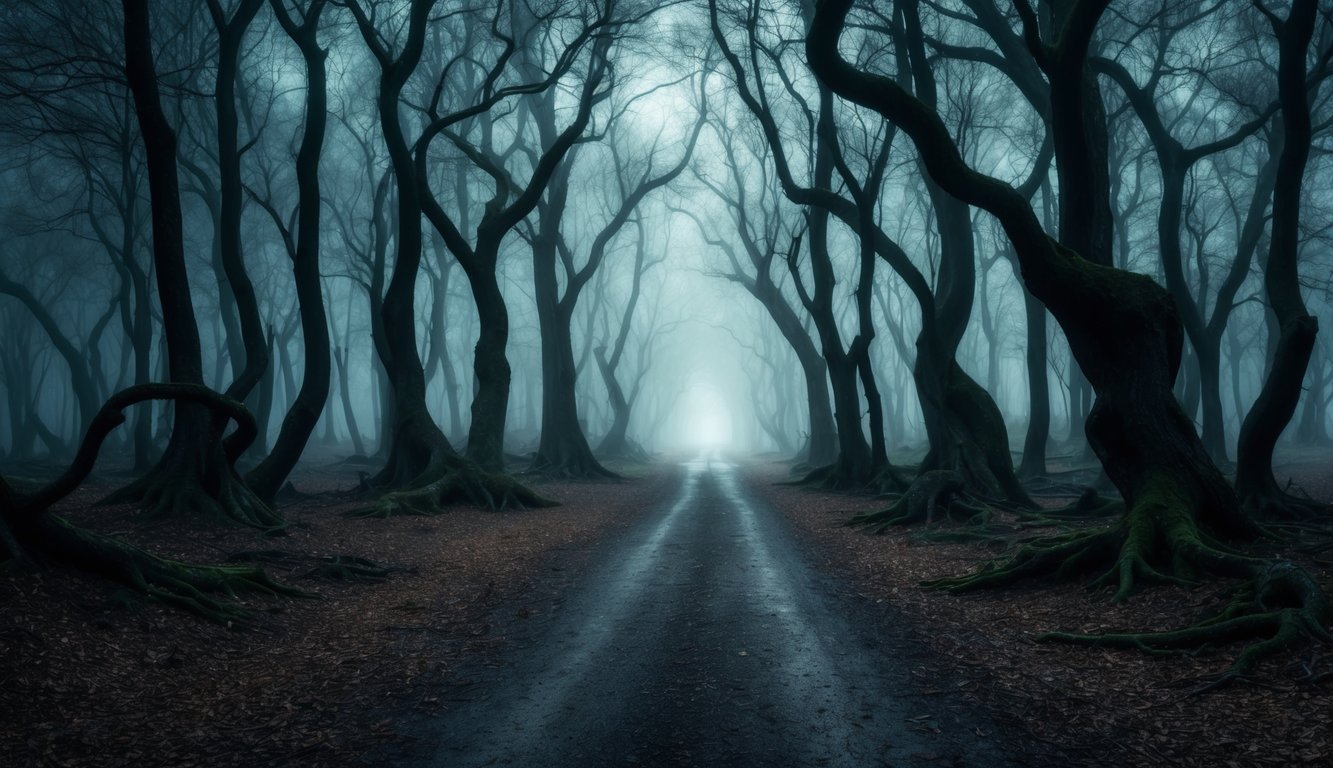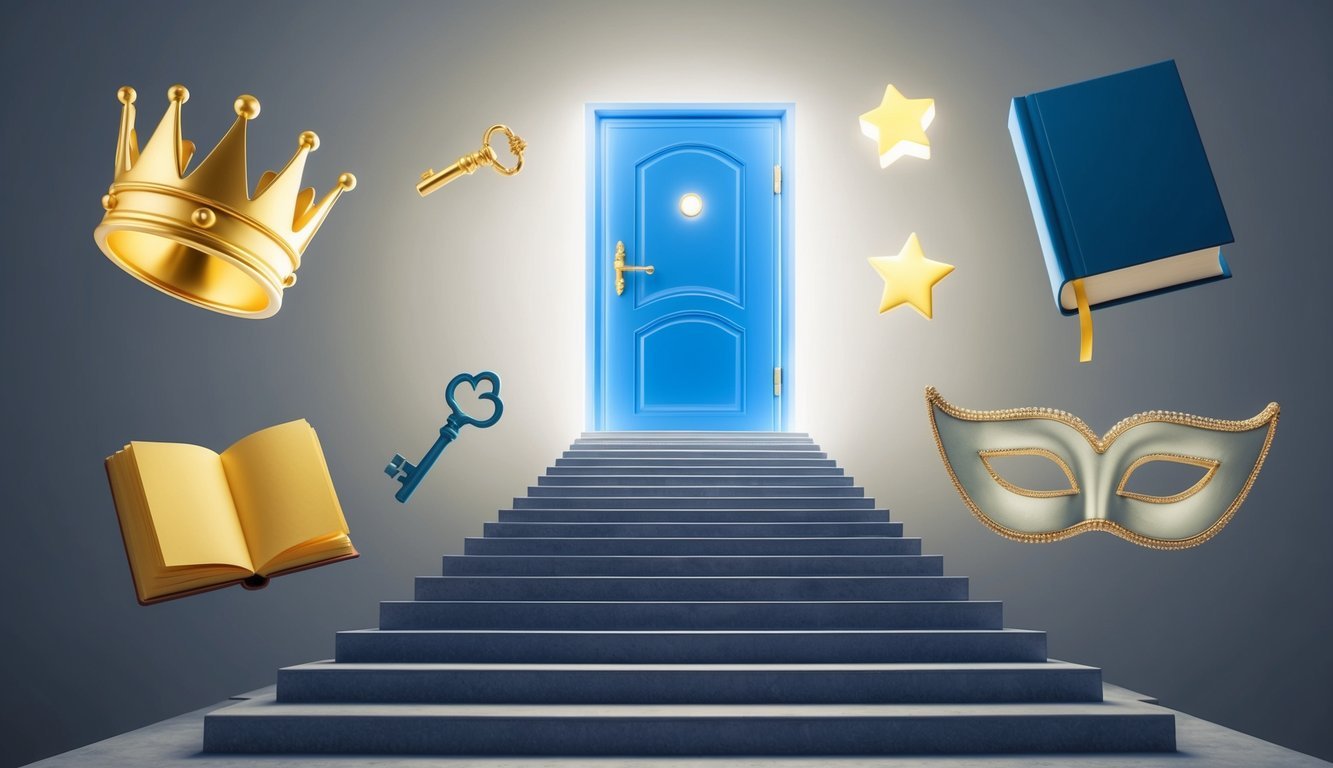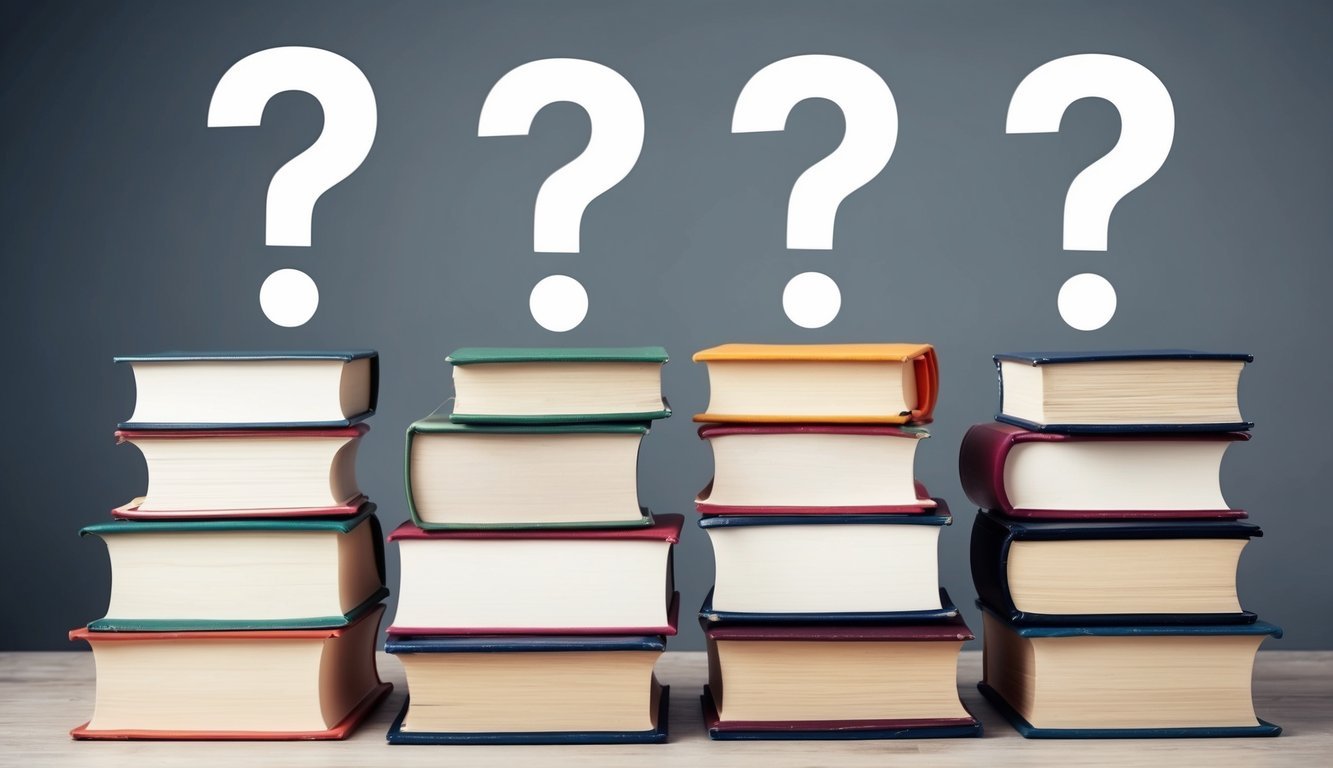PsychNewsDaily Publishers
100 Summit Drive
Burlington, MA, 01803
Telephone: (320) 349-2484
PsychNewsDaily Publishers
100 Summit Drive
Burlington, MA, 01803
Telephone: (320) 349-2484
Dreams in literature reveal subconscious desires, fears, and character motivations, enhancing storytelling through symbolism, foreshadowing, and allegorical narratives across various historical and cultural contexts.

Dreams have fascinated people for centuries, often serving as windows into the subconscious. In literature, dream symbolism is a powerful tool that authors use to reveal hidden desires or fears. Understanding how dream imagery connects with characters and narratives helps readers uncover deeper meanings within the story.
Many writers infuse their works with dreamlike scenarios to explore themes that might be too difficult to face in the waking world. For example, Martine Fournier Watson, in her novel “The Dream Peddler,” delves into the significance of dreams, showing how they can reflect personal struggles and aspirations. This shows how dream symbolism enhances character development and adds layers to storytelling.
Incorporating symbolism into narratives is not just about creating vivid imagery; it is about connecting with the reader’s own experiences and emotions. As literature continues to evolve, dream symbolism remains a relevant and engaging aspect of storytelling that captivates audiences and sparks introspection.

Dream symbolism in literature has transformed significantly through the ages. Each era reflects unique beliefs and cultural influences, showcasing how dreams have shaped narratives and characterizations.
In ancient times, people often viewed dreams as messages from the divine. Civilizations like the Mesopotamians kept records of dreams with symbols and themes.
During the Middle Ages, literature such as Piers Plowman utilized dream visions to convey moral and spiritual lessons. These dreams acted as guides for characters, navigating them through complex themes of sin and virtue.
The use of dreams in medieval narratives often highlighted the struggle between good and evil, making them significant in understanding human behavior and moral choices.
Romantic and Gothic literature marked a shift toward intense emotional expression and the exploration of the subconscious. Authors like Emily Brontë in Wuthering Heights used dreams to reveal characters’ inner conflicts and desires.
Gothic literature, rich with dark themes, often employed dream symbolism to evoke fear and suspense. Dreams reflected both the anxieties of the era and the characters’ psychological states, enhancing the mystical atmosphere of the stories.
In modern literature, dreams became a way to explore identity and reality. Writers like Virginia Woolf experimented with dream sequences to reflect fragmented consciousness.
Post-modern narratives often blur the lines between dreams and reality. They challenge traditional storytelling, using dreams to comment on the nature of existence and perception. Through this evolution, dream symbolism has continued to adapt, offering insights into human thought and emotion.

Dreams in literature often reflect the deep workings of the subconscious. Writers can tap into this rich source of inspiration, using dreams to reveal hidden emotions and conflicts. Two main ideas shape this exploration: Freudian interpretations and the unconscious mind as a storyteller.
Sigmund Freud’s theories greatly influence how dreams are viewed in literature. He believed that dreams are a window to the subconscious. They reveal repressed desires and unresolved conflicts.
In Freud’s work, The Interpretation of Dreams, he emphasized the importance of symbols. Every dream symbol can hold deep meaning relating to the dreamer’s thoughts and experiences. For example, a key might represent access to new ideas or hidden feelings.
Writers often use these symbols to enrich their characters’ journeys. By integrating Freudian concepts, they provide depth to the plot and insight into character motivations.
The unconscious mind can serve as a powerful storyteller. It helps writers craft unique narratives that feel genuine and relatable. Dreams often present vivid images and scenarios that can inspire an entire story.
Many authors find that their best ideas come from dream experiences. The subconscious allows for creative freedom, presenting surprising twists and turns. For example, a character’s dream about flying might symbolize a desire for freedom or escape.
By incorporating dreams into their work, writers can connect with readers on an emotional level. This connection generates deeper understanding and resonance within the story.

Dreams serve as powerful tools in literature, enhancing storytelling through foreshadowing, symbolic imagery, and allegory. Authors often use dreams to reveal deeper meanings and emotions, guiding readers through complex narratives.
Dreams can hint at future events in a story. Writers include dream sequences that suggest what might happen later. These dreams often feature imagery that reflects a character’s fears or desires.
For example, a character dreaming of losing a loved one might foreshadow conflict or loss in the plot. This technique keeps readers engaged and curious. They start to see connections between the dream and reality.
Using foreshadowing through dreams can help build tension. It can prepare readers for twists, making the eventual events more impactful. This way, dreams reflect not only the inner thoughts of characters but also upcoming challenges.
Symbolic imagery in dreams can convey complex ideas in a simple way. Authors often use recurring symbols to represent emotions or themes. For instance, a snake might symbolize danger or betrayal.
These images can enhance the depth of a story. Readers might find a deeper meaning that links back to the main themes of the narrative. Dreams allow for creativity and imagination, offering a way to explore the subconscious.
Symbols can vary across cultures and personal experiences. A character’s dream about flying could symbolize freedom or escape. This adds layers of meaning for readers to unravel as they engage with the story.
Dreams often serve as allegories, reflecting larger themes in a story. An allegory is a narrative where characters or events symbolize broader concepts. Through dreams, writers can delve into themes like morality, identity, and existence.
For instance, Dante’s “Divine Comedy” uses dream-like visions to explore sin and redemption. These visions carry metaphors that reflect the character’s journey.
This technique allows authors to convey messages without directly stating them. Dreams, with their fluid nature, offer a space for metaphors that engage readers’ imaginations. Thus, they become essential in revealing hidden truths and creating rich, multi-layered narratives.

Dream symbolism plays an important role in many iconic literary works. The way authors weave dreams into their narratives often reveals deep themes about society, identity, and human emotions. Here are a few notable examples.
In 1984, George Orwell uses dreams to highlight the oppressive nature of totalitarianism. The protagonist, Winston Smith, experiences a haunting dream about his mother. This dream symbolizes his lost innocence and longing for genuine human connections.
Furthermore, dreams in the novel illustrate the conflict between reality and illusion. They show Winston’s suppressed desire for freedom. This reflects the psychological manipulation faced by the characters. Orwell’s use of dream imagery emphasizes the struggle for truth in a repressive society.
In Jane Eyre, Charlotte Brontë explores dream symbolism through the main character’s experiences. Jane has a significant dream about the enigmatic figure of Bertha Mason. This dream represents Jane’s fears and societal constraints. Bertha symbolizes the suppressed woman, locked away by society’s expectations.
Brontë uses these dreams to explore themes of autonomy and identity. They reveal Jane’s inner turmoil and her quest for love and belonging. The vividness of her dreams offers insight into her emotional state and her journey towards self-discovery.
Daphne du Maurier often uses dreams to delve into the darker aspects of human nature. In Rebecca, the protagonist experiences unsettling dreams about her predecessor, the late Mrs. de Winter. These dreams reflect her insecurities and fears of inadequacy.
Du Maurier’s dream sequences create a tense atmosphere full of mystery and suspense. They highlight the evil lurking within relationships and drive much of the story’s conflict. The use of dreams enhances the psychological depth of her characters, emphasizing the impact of the past on the present.

Dream symbolism plays a vital role in literature, reflecting the inner thoughts and feelings of characters. Different cultures interpret dreams in varied ways, enriching storytelling and themes. The study of dream symbolism offers insights into the characters’ motivations and conflicts.
Cultural background significantly influences dream interpretation. Many cultures view dreams as messages or visions from the divine. For example, in ancient Egypt, dreams were seen as prophecies.
In literature, a character’s dream can reveal their fears, hopes, or desires. Myths often use dreams to connect characters to the larger story. The symbolism might reference local myths or shared beliefs, creating deeper meanings.
Readers can analyze these dreams to understand a character’s growth or struggle. By considering cultural context, they can unlock hidden meanings embedded within the narrative, enhance their reading experience, and appreciate the storytelling craft.
Modern dream analysis often uses psychological tools to interpret dreams. Writers like Carl Jung emphasized that dreams reflect the unconscious mind.
In literature, this approach allows readers to explore characters’ internal conflicts. For instance, a dream loaded with symbolism might indicate unresolved issues or personal growth.
Authors may insert dreams to highlight themes like identity or transformation. Using symbols unique to characters helps to convey complex emotions. Readers are encouraged to consider what the dreams mean within each character’s context.
This analysis fosters a deeper connection between the reader and the text, enhancing the overall understanding of character journeys and narrative arcs.

Dreams in literature serve as powerful tools to explore deeper meanings, character insights, and thematic elements. They often blur the lines between reality and imagination, allowing readers to reflect on human experiences and emotions.
Dreams often highlight central themes in a story. They can reveal a character’s desires, fears, or conflicts. For example, in Franz Kafka’s “The Metamorphosis,” the protagonist’s dreamlike transformation symbolizes feelings of isolation and alienation.
Several classic works focus on dreams and their impact on reality. “Alice’s Adventures in Wonderland” by Lewis Carroll plays with dream logic. Similarly, Shakespeare’s “A Midsummer Night’s Dream” explores the nature of dreams and illusion within relationships.
Clocks and chimes often represent the passage of time or the urgency of decisions in dreams. Their presence can suggest the fleeting nature of dreams or the importance of timing in a character’s life. They can also create tension by reminding characters of their responsibilities.
Yes, dreams often act as allegories, representing deeper truths or moral lessons. They can illustrate a character’s internal struggles or societal issues. For example, George Orwell’s “1984” uses dream sequences to highlight themes of control and loss of identity.
Dreams can reveal hidden aspects of a character’s personality. They provide insight into a character’s thoughts and feelings that may not surface in waking life. This exploration often leads to growth or change throughout the story.
Dream symbolism can drive the plot forward by foreshadowing events or introducing conflicts. In “The Great Gatsby,” Gatsby’s dream of a perfect life influences his actions and relationships, ultimately shaping the narrative’s outcome.